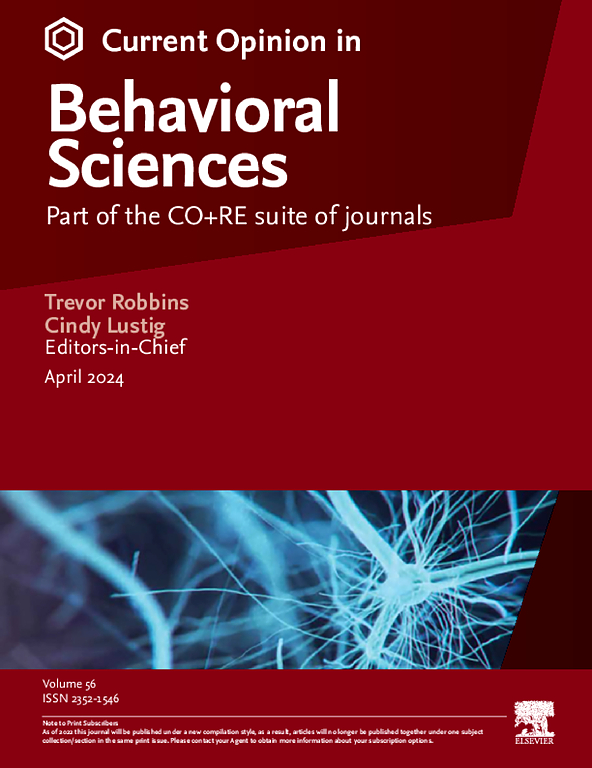Priors and proprioceptive predictions
IF 3.5
2区 心理学
Q1 BEHAVIORAL SCIENCES
引用次数: 0
Abstract
This review presents an approach to motor control inspired by the Equilibrium Point Hypothesis. The core idea is that, to realise a motor plan, one need only anticipate the proprioceptive consequences of that plan. Movement can then be executed through spinal and brainstem reflex arcs that correct for any deviations from these proprioceptive predictions. Seen in this light, motor commands are proprioceptive predictions. From a control-theoretic perspective, this implies that reflexes can be cast as closed feedback loops, the set points of which are determined by proprioceptive predictions. In what follows, we consider the key elements — in terms of active inference — that generate proprioceptive predictions. These include prior beliefs about motor trajectories, their temporal (autocorrelation) structure, and the confidence with which their sensory consequences can be predicted. For each element, we briefly review the neurobiology of the structures that might support the underlying computations. In short, we will see how corticospinal, cerebellar, and extrapyramidal systems might contribute to the prediction and realisation of a motor plan.
先验和本体感觉预测
本文综述了一种受平衡点假说启发的运动控制方法。核心思想是,为了实现运动计划,人们只需要预测该计划的本体感受后果。然后,运动可以通过脊髓和脑干反射弧来执行,这些反射弧可以纠正与这些本体感觉预测的任何偏差。从这个角度来看,运动指令是本体感受性的预测。从控制理论的角度来看,这意味着反射可以被视为封闭的反馈回路,其设定值由本体感觉预测决定。在接下来的内容中,我们考虑了产生本体感觉预测的关键因素-就主动推理而言。这些包括对运动轨迹的先验信念,它们的时间(自相关)结构,以及它们的感觉结果可以预测的信心。对于每个元素,我们简要回顾了可能支持底层计算的结构的神经生物学。简而言之,我们将看到皮质脊髓、小脑和锥体外系系统如何有助于运动计划的预测和实现。
本文章由计算机程序翻译,如有差异,请以英文原文为准。
求助全文
约1分钟内获得全文
求助全文
来源期刊

Current Opinion in Behavioral Sciences
Neuroscience-Cognitive Neuroscience
CiteScore
10.90
自引率
2.00%
发文量
135
期刊介绍:
Current Opinion in Behavioral Sciences is a systematic, integrative review journal that provides a unique and educational platform for updates on the expanding volume of information published in the field of behavioral sciences.
 求助内容:
求助内容: 应助结果提醒方式:
应助结果提醒方式:


